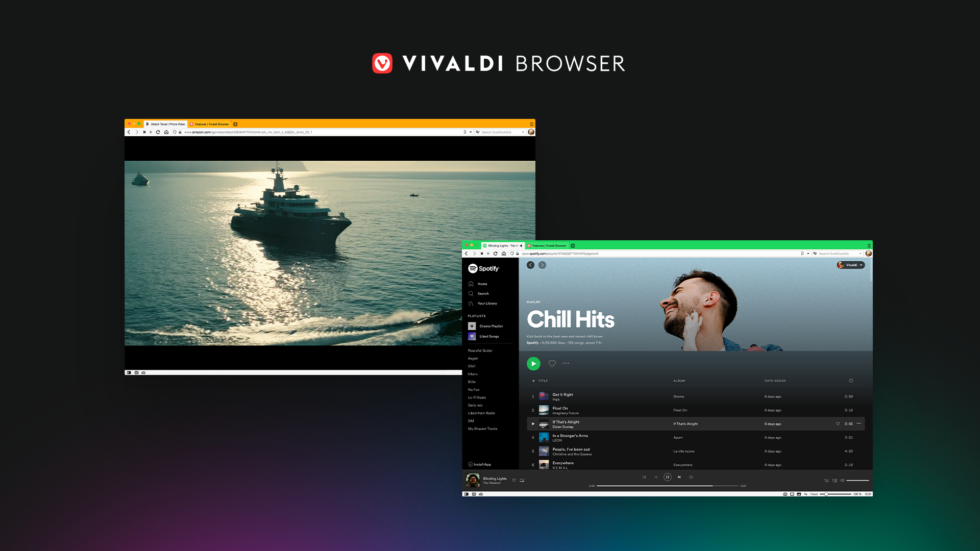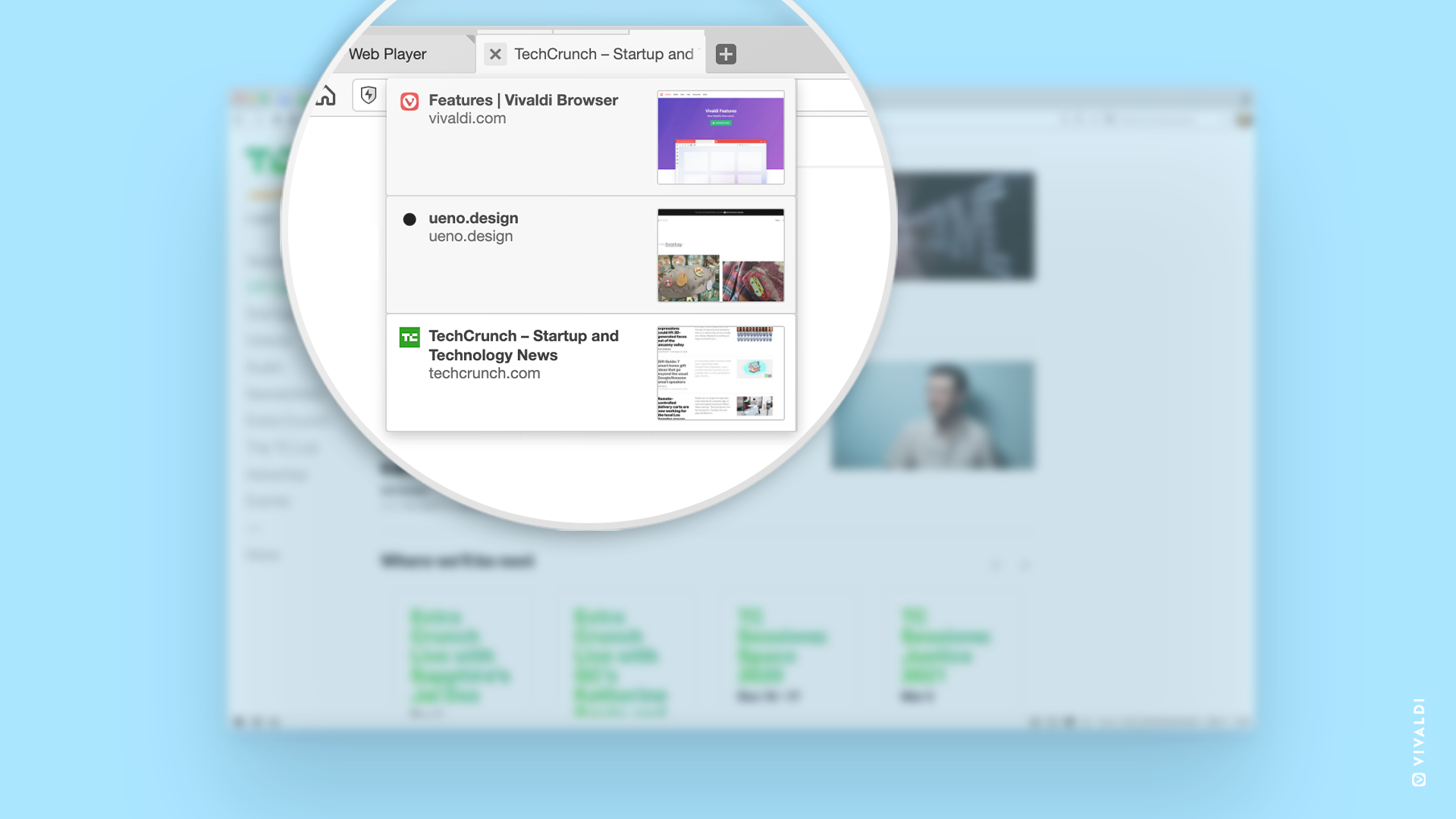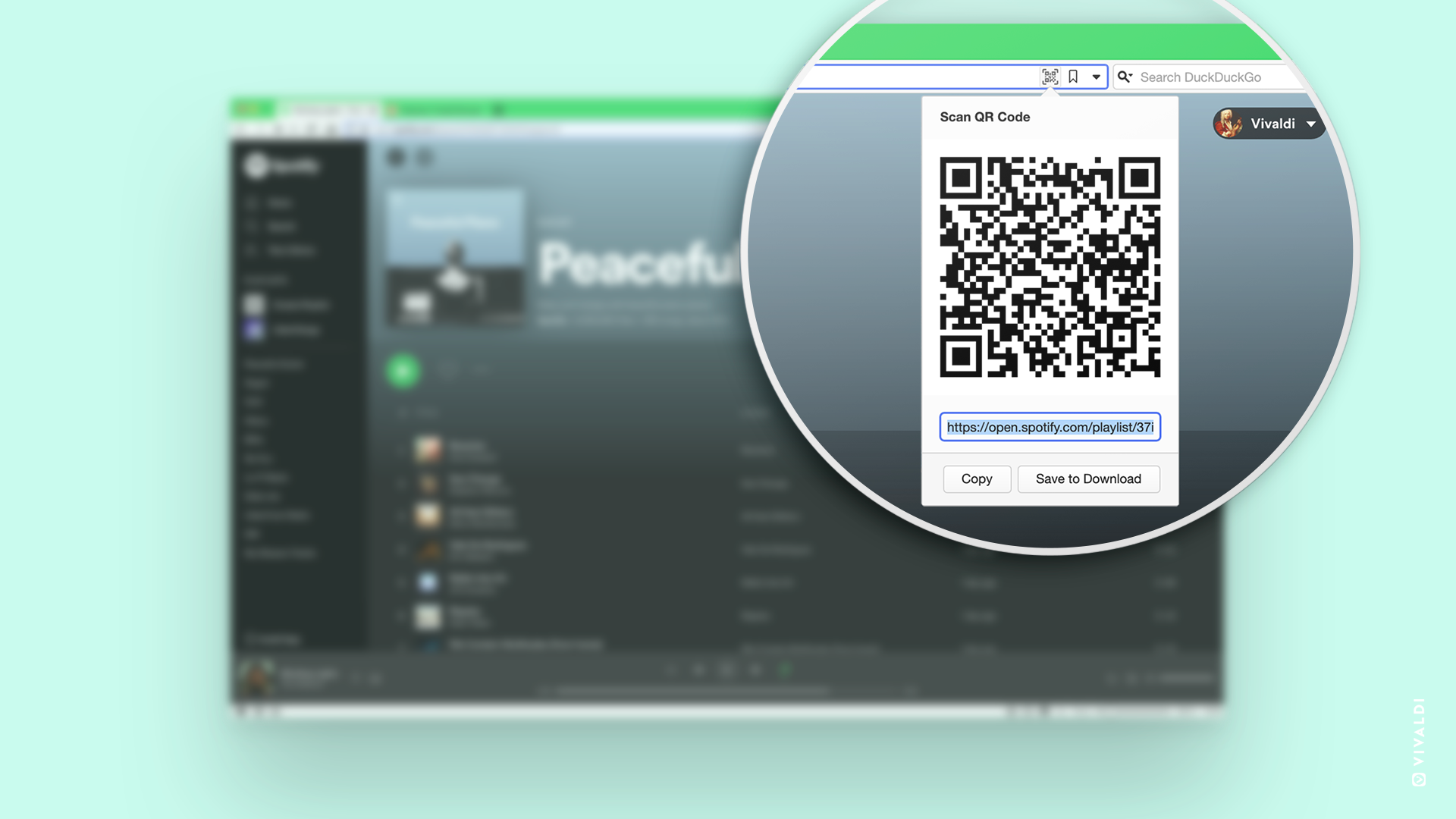
OSLO, Norway – December 8th Dec 2020: With the latest version of Vivaldi on desktop and notebooks, Vivaldi Technologies brings new updates to its built-in features and overall improvements.
In Vivaldi 3.5, there’s a convenient way to easily share URLs with QR (Quick Response) code via a small button in the Address Field, when enabled.
There are a variety of fixes in Vivaldi 3.5 including media fixes that will allow videos/audios to play better.
Recently, a new version of Vivaldi on Android with privacy options and updates to its features was launched.
“At Vivaldi, we are passionate about creating value for our users. Continuous improvements to our feature-set make your experience on the web smooth and help you stay productive”, says Vivaldi CEO Jon von Tetzchner.
More ways to manage Tabs
Each user has different ways of working with tabs. Based on user feedback, Vivaldi includes all possible options in its comprehensive Tab Management. Here are some new additions to its tab wizardry:
- Open a new tab in the background by default: A new open in the background setting makes it possible to change the default behavior regarding opening tabs via the context menu.
- Clone tab in the background: This will help users clone a current tab with previous page browsing history not interrupting any task that is currently being worked on.
- Improved Popup Thumbnails for Tab Stacks: There are noticeable changes while hovering a tab stack, helping users spot and select any tab in a stack instantly. More stacked tabs now fit on a screen, displaying a page title, domain, and thumbnail. Users can also interact with audio icons, giving them easy control of sound in stacked tabs.

Easy sharing of URLs with QR Codes
Users can now easily share URLs to other devices using a QR code generator built into Vivaldi.
Capable of storing a lot of data, QR (Quick Response) code lets users access information instantly. Users can share addresses with other machines without the requirement of a direct network connection between them.

Scanning a QR code is much faster than retyping the URL on a device. With QR codes, users can transfer the URL of the page users are currently viewing to another device, such as a phone, without needing a Sync account. This works well if users are not signed in to Sync, don’t have a device that supports Vivaldi Sync, or just wish to simply transfer the URL to a nearby friend’s phone.
Vivaldi plans to evolve this feature with additional, simplified ways of sharing URLs.
Head to “Settings → Address Bar → Address Field Options → QR Code Generator” to enable QR code URL sharing.
Media playback improvements
Recently, some users have been inconvenienced while playing premium streaming services like Amazon Prime HD, Spotify, Peacock TV, and others.
Such sites use DRM (Digital Rights Management) as a way to control where users can play videos. These websites may use Widevine – a Chromium content decryption module – to play the video in Vivaldi on Windows and macOS.
The websites may also check the Widevine certificate keys before playing. Vivaldi has now added Widevine certificate keys, which will allow videos to play on those websites.
This means media sites using Widevine DRM that previously did not work in Vivaldi will now deliver the content smoothly. For example, if users frequent Amazon Prime HD, Spotify, Netflix, Disney+, and Peacock TV in your browser, they’ll have a better experience than before.
Please note that for Amazon Prime HD to work, click on the lock in the Address Bar → Site Settings → “Clear Data”. After this, a re-login is required.
Menu customization
While some browsers strip down functionality, Vivaldi does the opposite. Vivaldi Menu Settings have been expanded with more customizable options helping users rearrange and edit their frequent actions.
Now, shortcuts assigned to a global command will also be shown in the context menus (right-click menus).
Go to “Settings → Appearance → Menus”, select a context menu, and add a command from the Application Commands that have a shortcut to the context menu. That menu will now show the shortcut for that action.
For example, users can add the reload menu that is used in the Tab Menu by default to any other Menu that is configurable and adjust their workflows per their needs in Vivaldi.
Single Key Shortcuts improvements
In Vivaldi, most things can be done with keyboard shortcuts – opening and closing tabs, switching tabs, toggling the visibility of UI elements, creating notes, and a lot more.
Single Keyboard Shortcuts allow quicker navigation. Users are not required to hold Ctrl or Shift. Users can skip to the previous page by pressing z and the next page by pressing x. There are also default single key shortcuts such as by pressing 1 and 2, you can easily change tabs.
In this version, a clash has been resolved using Single Key Shortcuts. For example, when required to enter a credit card number that has the number 1 in it, it will not switch to a previous tab which is what the default keyboard shortcut “1” has been assigned to.
New accept-language setting
In order to cater to multi-language users across the globe, a language setting has been enabled that allows users to change to their preferred language, as supported by certain websites.
Users can add custom languages or rearrange their importance with drag & drop reordering in Vivaldi Settings. Head to vivaldi://settings/languages to learn more.
Other additions
Along with improvements to every aspect of the browser, there are more options in Vivaldi 3.5:
- There is more control in choosing external components. Google Hangouts, Google Cast, and Google Cloud Print can now be disabled entirely in settings.
- There is an option added to always display the close tab button, to make closing tabs easier on touch screen devices. Users can find this new option in the Tab Settings.